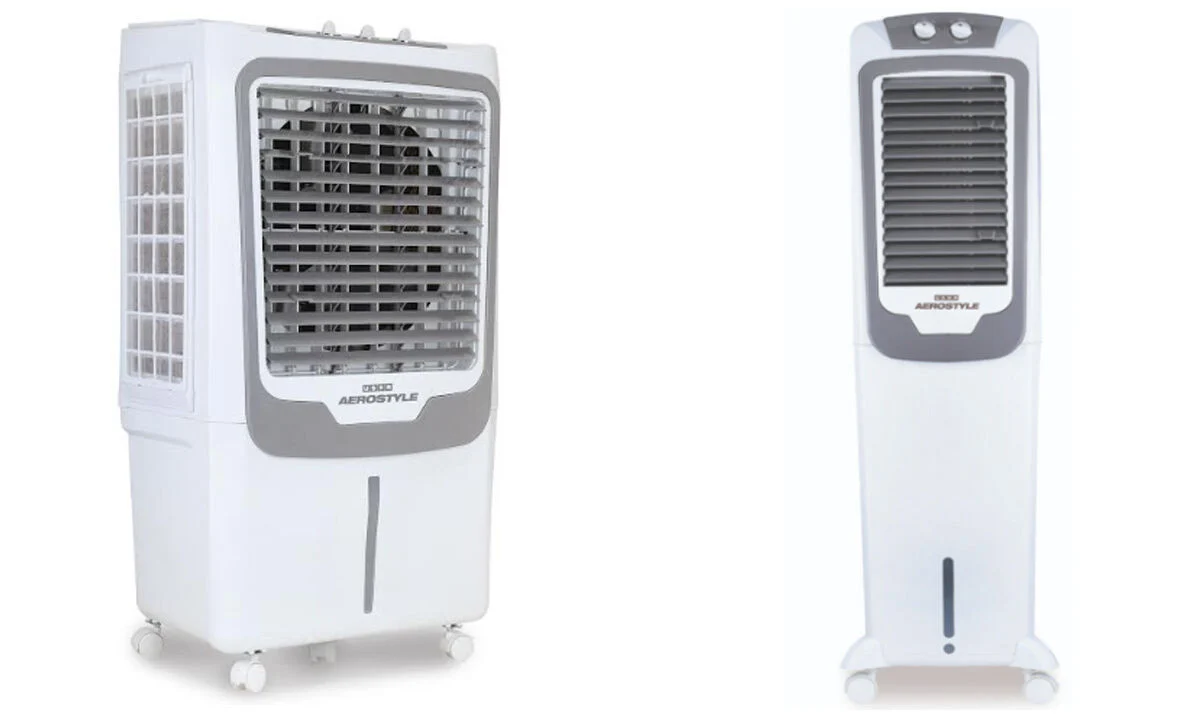Summer Cooler Tips: As the summer months reach their peak, coolers are a common fixture in Indian households. But occasionally, your reliable cooler might begin to emit slight electric shocks, and this is a really serious safety risk. If you’ve noticed this happening, it’s necessary to act immediately before it results in a full-blown accident. The following is what you need to know in order to get your cooler functioning safely on hot summer days.
Why Coolers Give Electric Shock
Electric shocks from coolers usually occur as a result of current leakage. This usually occurs when moisture seeps into the motor or wiring. Prolonged exposure to water can destroy internal parts and allow live current to flow through the body of the cooler. With time, wiring insulation can also erode, particularly in older coolers. If you are using a cooler on a wet surface or with broken cords, the risk of electric shock is higher.
Immediate Action to Halt the Shock
The easiest and best option is to have your earthing checked at home. Faulty or damaged earthing is a major cause of current leakage in coolers and other devices. You can check this by using a tester screwdriver—if the tester glows when it comes in contact with the body of the cooler, it indicates that electric current is leaking. To rectify this, call a licensed electrician and have the earthing repaired or replaced. Do not keep using the cooler until this problem is solved.
Cooler Maintenance Tips for Safety
Maintenance regularly prevents electric shocks. Ensure regular cleaning of the water tank and fan blades. Moreover, ensure the cooler is not kept in moist or wet conditions. Don’t use extension cords for high-power appliances such as coolers. Ensure that all wires are insulated. When refilling, try not to spill water over the motor area. These simple precautions can increase the life of your cooler and ensure your family’s safety.
Upgrade Your Cooler for Enhanced Safety
If your cooler is outdated or prone to frequent electrical malfunctions, it may be time to upgrade. New coolers tend to have improved insulation, shock-absorbing materials, and better wire quality. Some even feature safety features such as automatic cut-off in the event of leakage. Upgrading to a new cooler may lower electricity usage and enhance overall safety.










